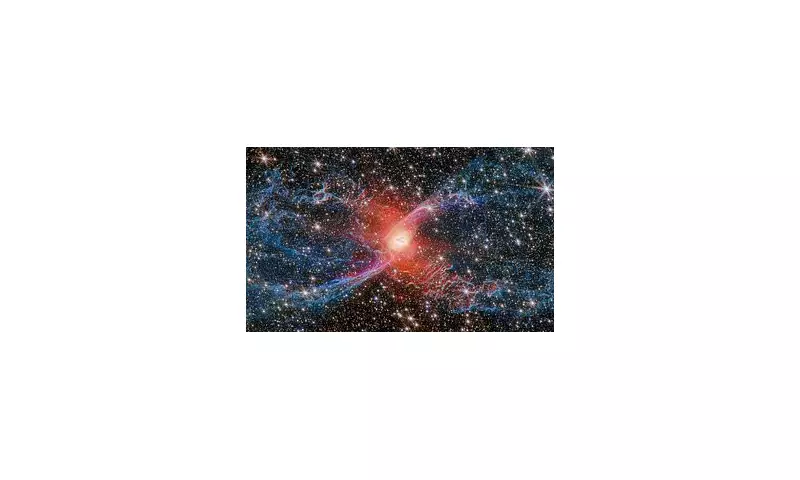
In a spectacular celestial reveal perfectly timed for the spooky season, NASA's James Webb Space Telescope has captured one of the universe's most mesmerising and appropriately named phenomena - the Tarantula Nebula.
This cosmic spectacle, located approximately 161,000 light-years away in the Large Magellanic Cloud galaxy, has earned its arachnid nickname from its delicate, web-like filaments of cosmic dust and gas that stretch across thousands of light-years.
The Universe's Most Productive Star Factory
What makes this nebula particularly fascinating to astronomers isn't just its appearance, but its extraordinary activity. The Tarantula Nebula represents the largest and brightest star-forming region in our entire galactic neighbourhood, hosting some of the hottest and most massive stars ever documented by science.
Webb's powerful infrared capabilities have peeled back layers of cosmic dust that previously obscured our view, revealing countless previously hidden stars and intricate structures within the nebula's glowing clouds.
A Technical Marvel Unveiling Cosmic Secrets
The newly released image combines data from two of Webb's most sophisticated instruments:
- Near-Infrared Camera (NIRCam): Highlights the sparkling cluster of massive young stars at the nebula's heart
- Mid-Infrared Instrument (MIRI): Reveals the cooler gas and dust where stars are still in their formation stages
This dual-perspective approach allows astronomers to study the complete life cycle of stars, from their violent births to their dramatic deaths that seed the cosmos with heavy elements essential for planet formation.
Why This Discovery Matters Beyond the Spectacle
While the timing with Halloween creates a delightful coincidence, the scientific significance of these observations extends far beyond seasonal relevance. The Tarantula Nebula serves as a cosmic laboratory for understanding how stars formed in the early universe, during what astronomers call the 'cosmic noon' when star formation peaked.
"What makes the Tarantula Nebula particularly intriguing is its chemical composition," explains NASA. "It resembles the gigantic star-forming regions observed when the universe was only a few billion years old, unlike other such regions in the contemporary universe."
This makes the nebula our closest window into the universe's most active period of star creation, offering insights that could reshape our understanding of cosmic evolution.
The James Webb Space Telescope continues to exceed expectations, transforming our view of the cosmos with each new observation and reminding us that sometimes, the universe's most beautiful creations come with names that send shivers down your spine.





